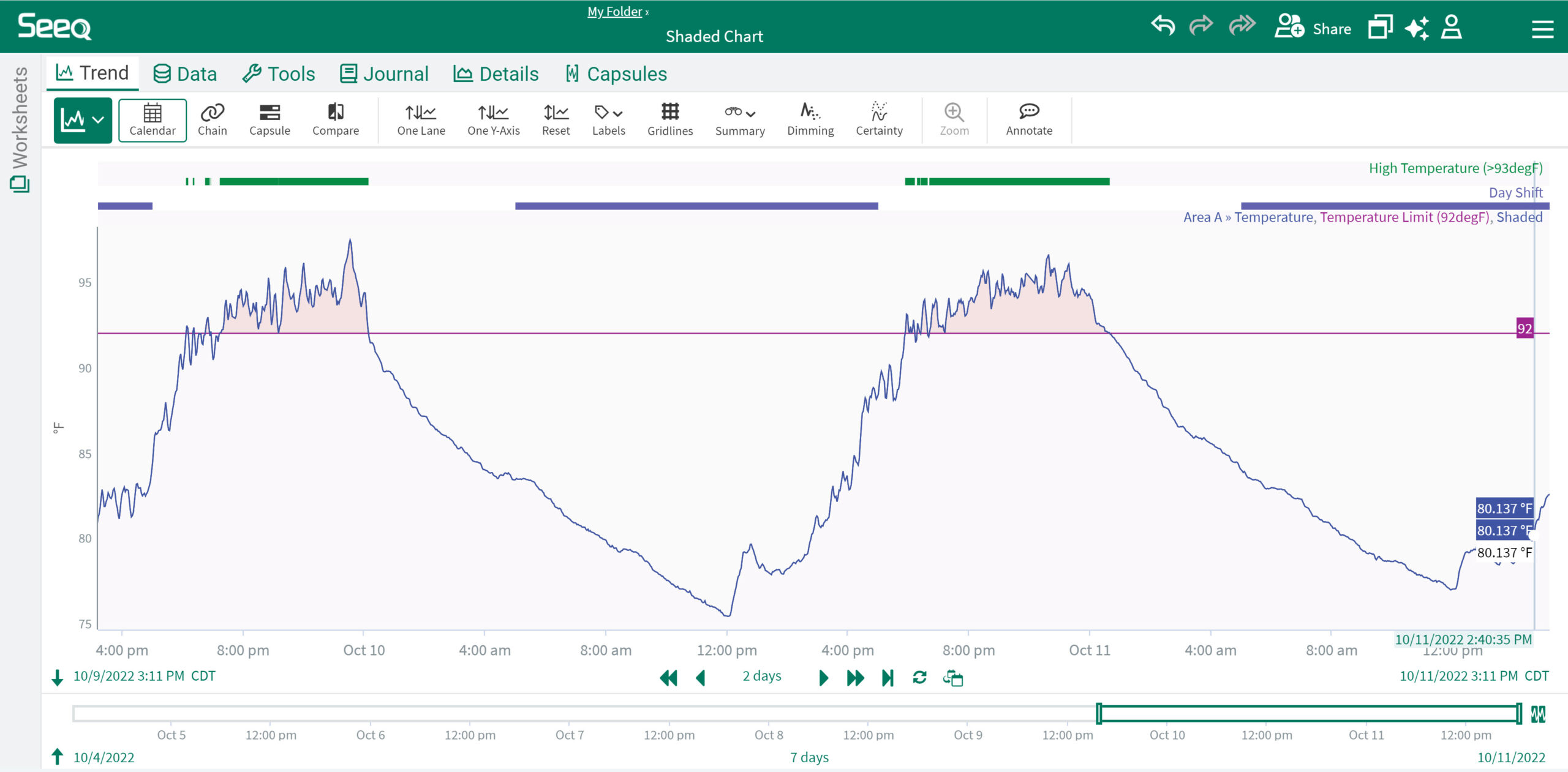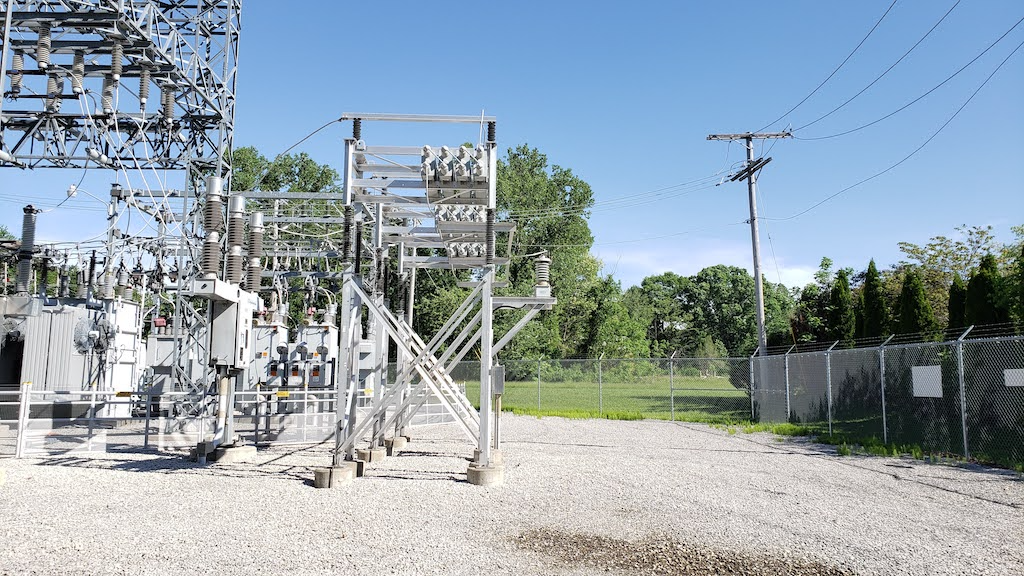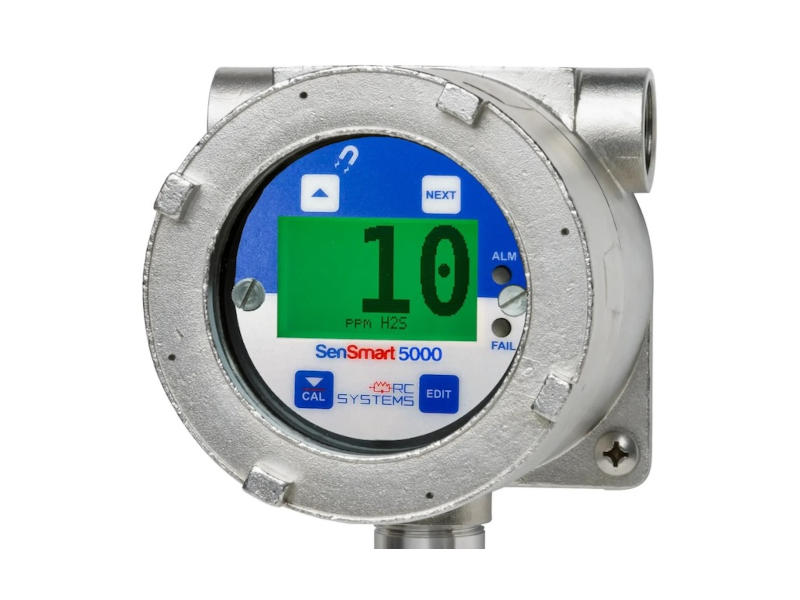Buying an enterprise resource planning (ERP) system is a big step, and companies should consider what it can bring to the company and the potential risks involved.

Many manufacturing and distribution organization project teams are considering an active enterprise resource planning (ERP) project. The reasons for this vary, but it’s likely because legacy technologies and processes are not robust enough to manage costs, streamline operations and accommodate growth.
The reasons for buying an ERP system
When project teams consider the capabilities of today’s modern ERP software, they are wise to take a close look at whether their organizations are experiencing diminishing benefits from their legacy systems.
- The ERP software may be a victim of end-of-life “sunsetting” where support is discontinued. Another possible scenario involves the vendor putting the product in “maintenance mode” with limited updates.
- These legacy ERP software packages may no longer address the critical needs of today’s organization in areas of reporting, planning or overall efficiency.
- Scale is also an issue. Many teams realize they can’t scale their operations due to a legacy ERP system developed more than a decade ago. Leadership might be planning for aggressive expansion to meet the region’s expansion into new markets and distribution channels, but often finds that an outdated system and standalone spreadsheets currently used to run the company can’t scale.
- Organizations depending on legacy products are also limited due to a lack of mobile functionality, analytics, CRM, and other applications that are needed in today’s competitive environment
Keeping that in mind, here are three high-level pointers to keep in mind as companies start the ERP journey.
1. Focus on people and processes and not just technology
Successful ERP projects require that the most important work is done before the selection begins. It’s so much more than just dropping in a new piece of software.
For an effective approach, remember preparation starts at the top. C-Level support and buy-in are essential and the lack of it is indeed a deal-breaker. Other steps include developing a phased strategy and defining the project team. This is also the time to identify holes, inefficiencies, and roadblocks in current business processes. Putting people and processes first is the best step when the team is on the road to buying a new ERP system.
2. Assess the potential risks
Selecting and implementing a new ERP system is likely one of the most complex and resource-intensive initiatives a company will ever face.
Consider the areas of risk that are inherent in such an effort by assessing and managing the most pervasive risks related to cost overruns, project delays, and other issues. Typical in-house resources don’t have extensive experience in assessing these risks and therefore, find themselves reacting to risks and issues after they surface which leads to problems in achieving expectations.
Why devote careful analysis to the many categories of risk that come with enterprise software selection and implementation? Gaining an awareness of ERP risk categories will help teams take steps to address potential issues.
3. Make comprehensive planning a priority
Successful ERP projects invest more energy in understanding their business well in the preparation phase than they spend in the selection process. This phase includes a comprehensive analysis of current processes and a definition of future processes. Moreover, it identifies opportunities for change and outlines the necessary change management to achieve business value.
Rather than having a focus on converting the current state to a new ERP system, the project focus should be to use technology to drive business value improvement. Failing to fully understand and document the current state and the desired future state is the single biggest reason ERP projects fail.
Preparation also includes an educational component to review current best practices and revise move to the desired future state. The detailed business process review necessary to craft the future state is often the hardest step in ERP projects.
Understanding this blind spot is the key to success when buying a new ERP system. Winning teams use a proven methodology with a team of highly experienced manufacturing and distribution experts to ensure that the project emphasize is on preparation over selection.
Ultra Consultants, a CFE Media content partner, is a leading independent research and enterprise solutions consulting firm serving the manufacturing and distribution industries throughout North America. Ultra delivers enterprise technology expertise and process management to drive business performance improvement for their clients. This article originally appeared on Ultra Consultants’ blog.



